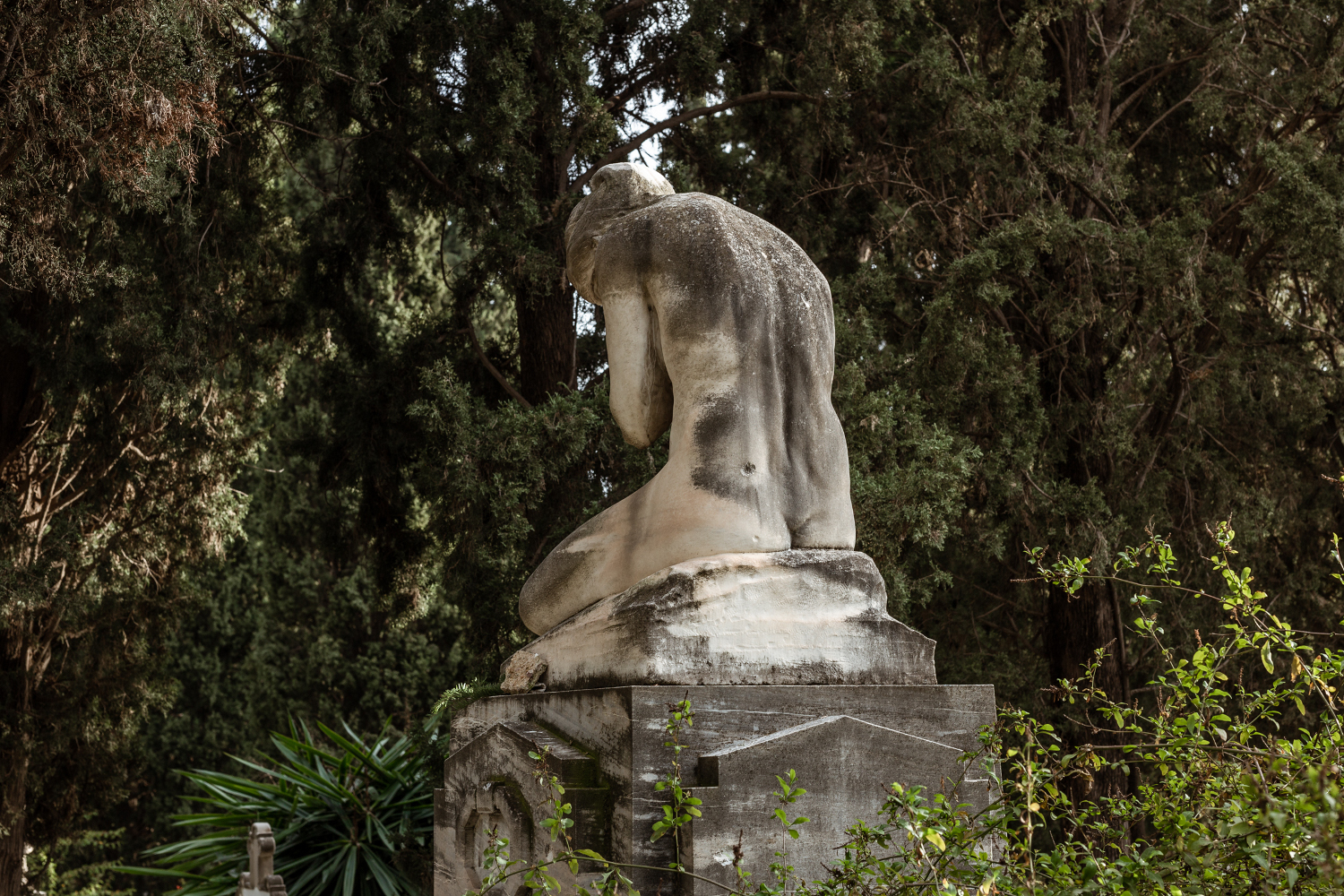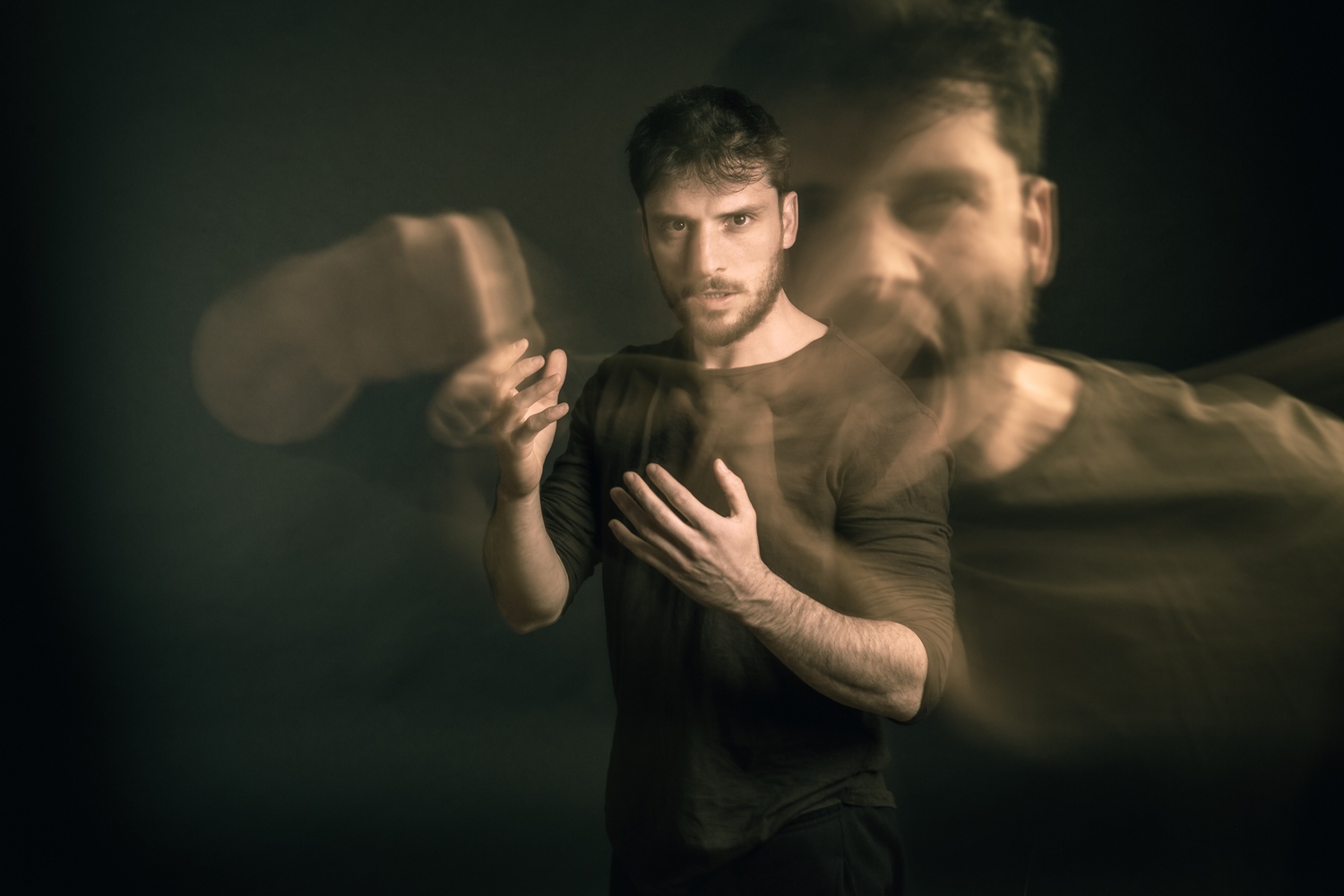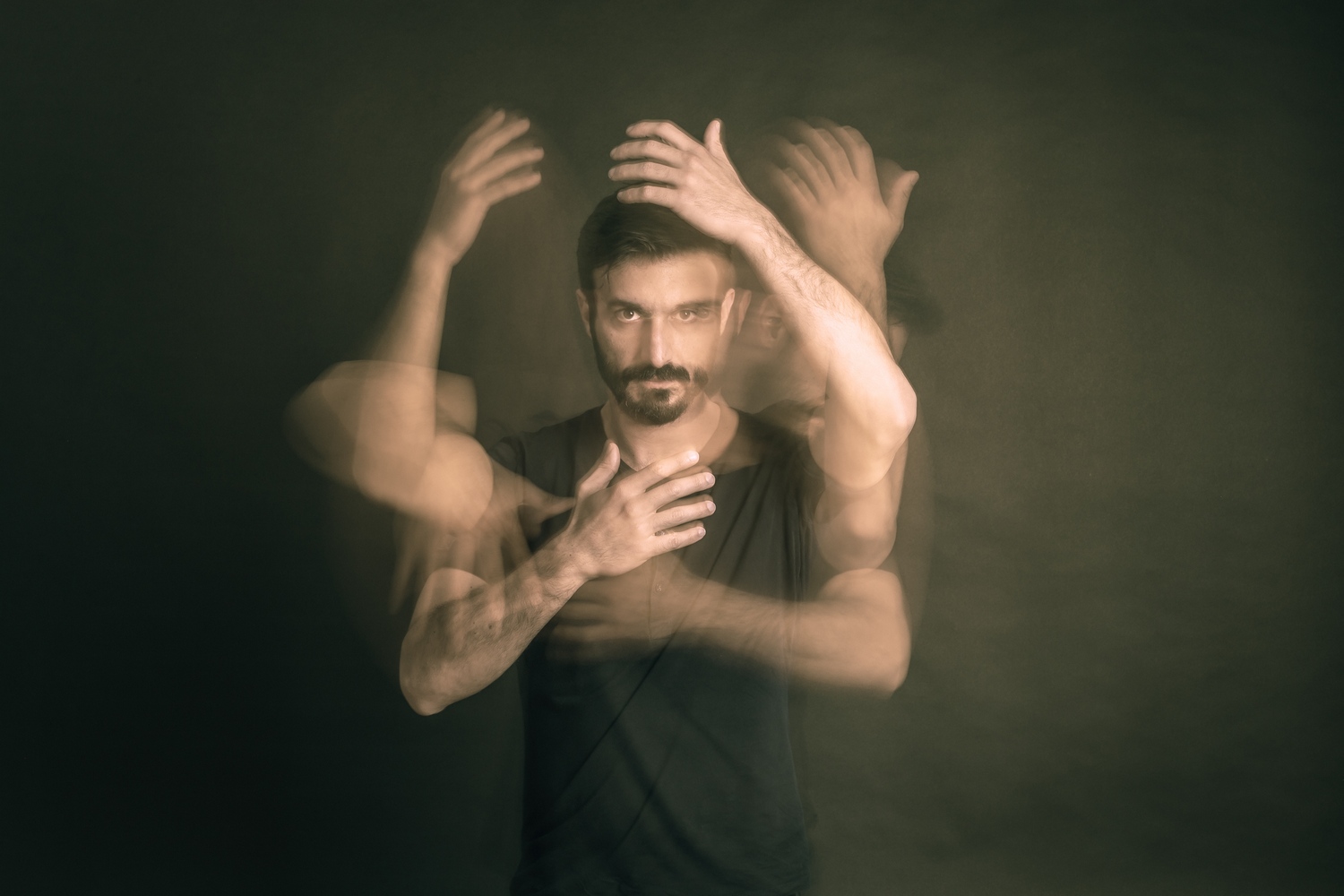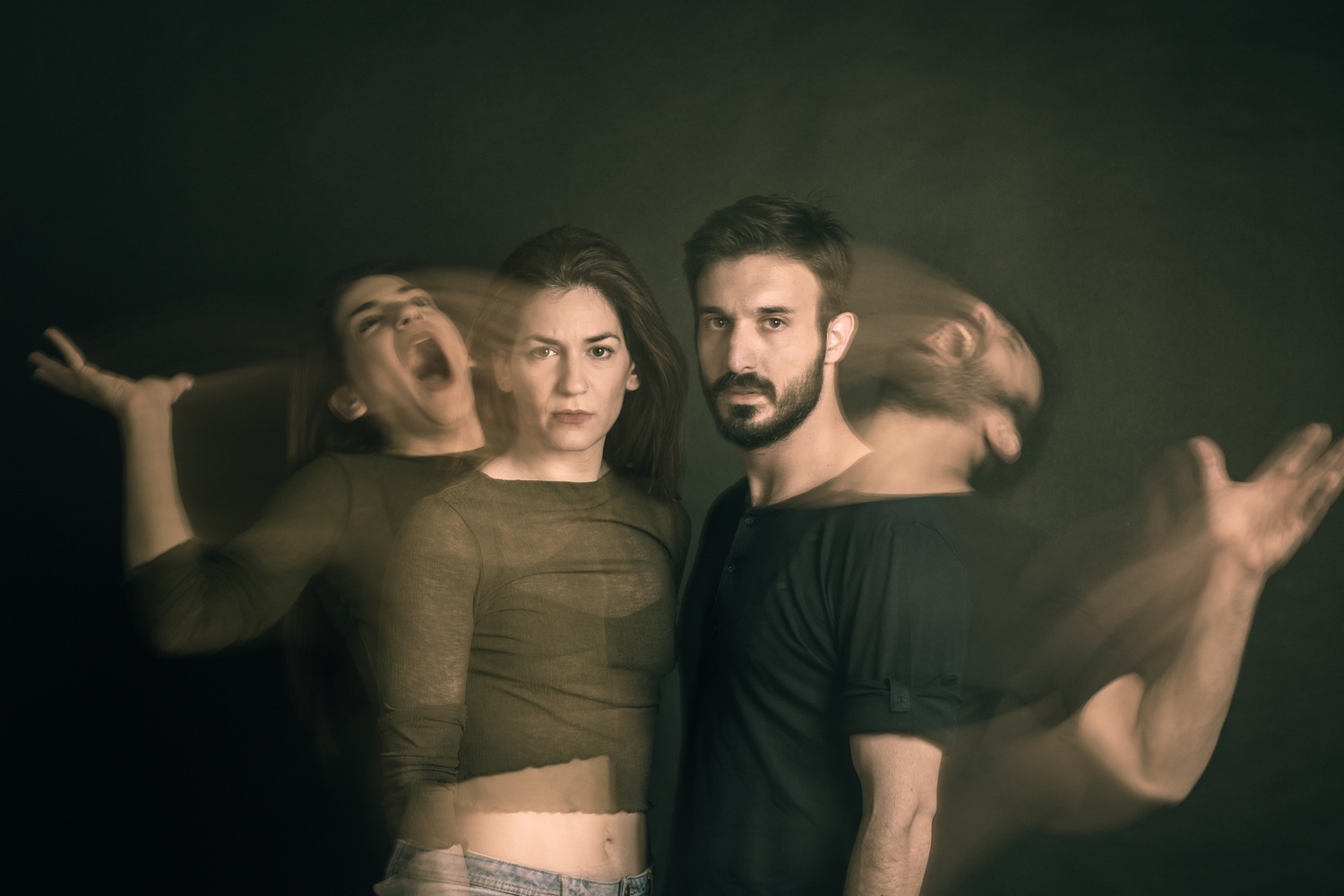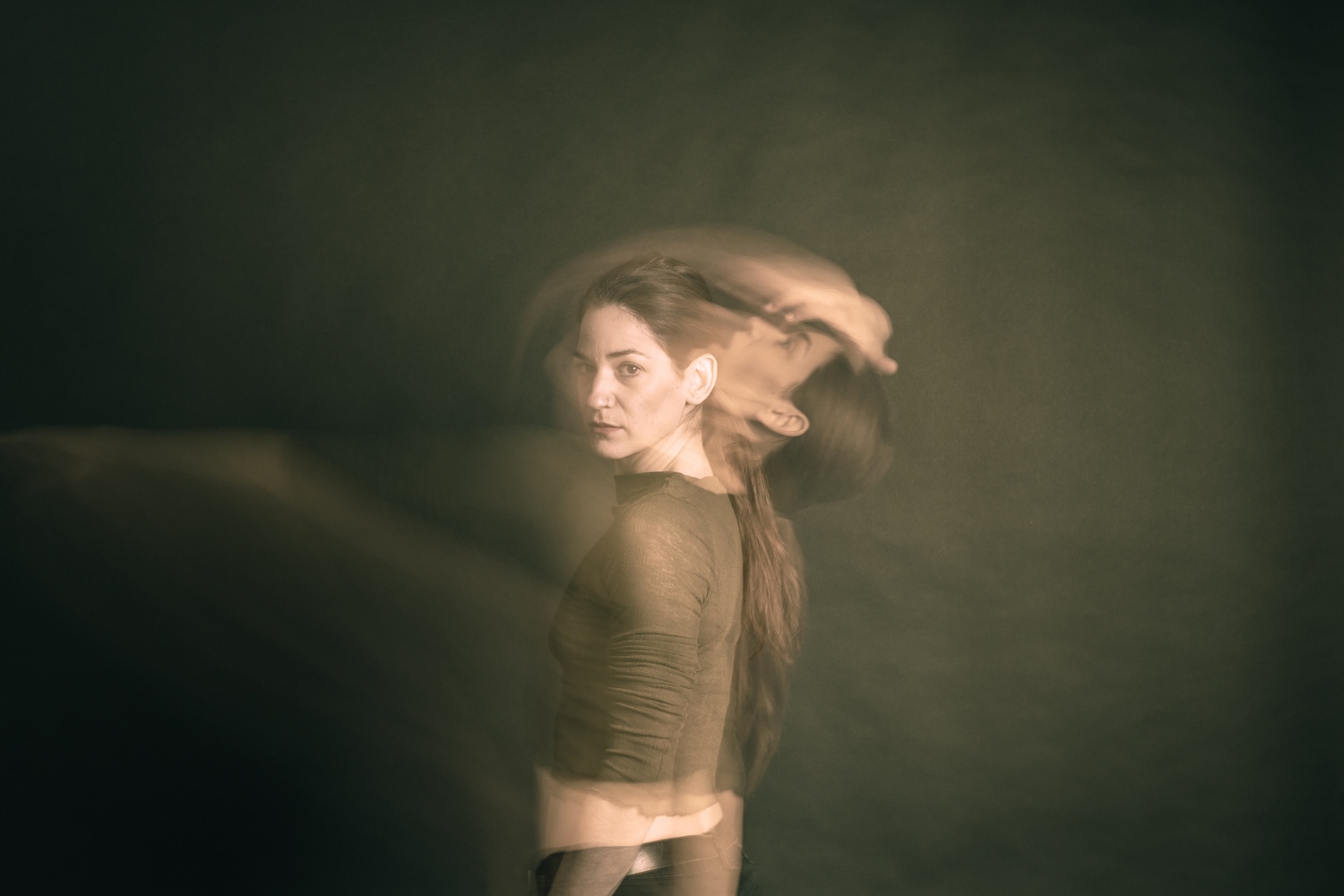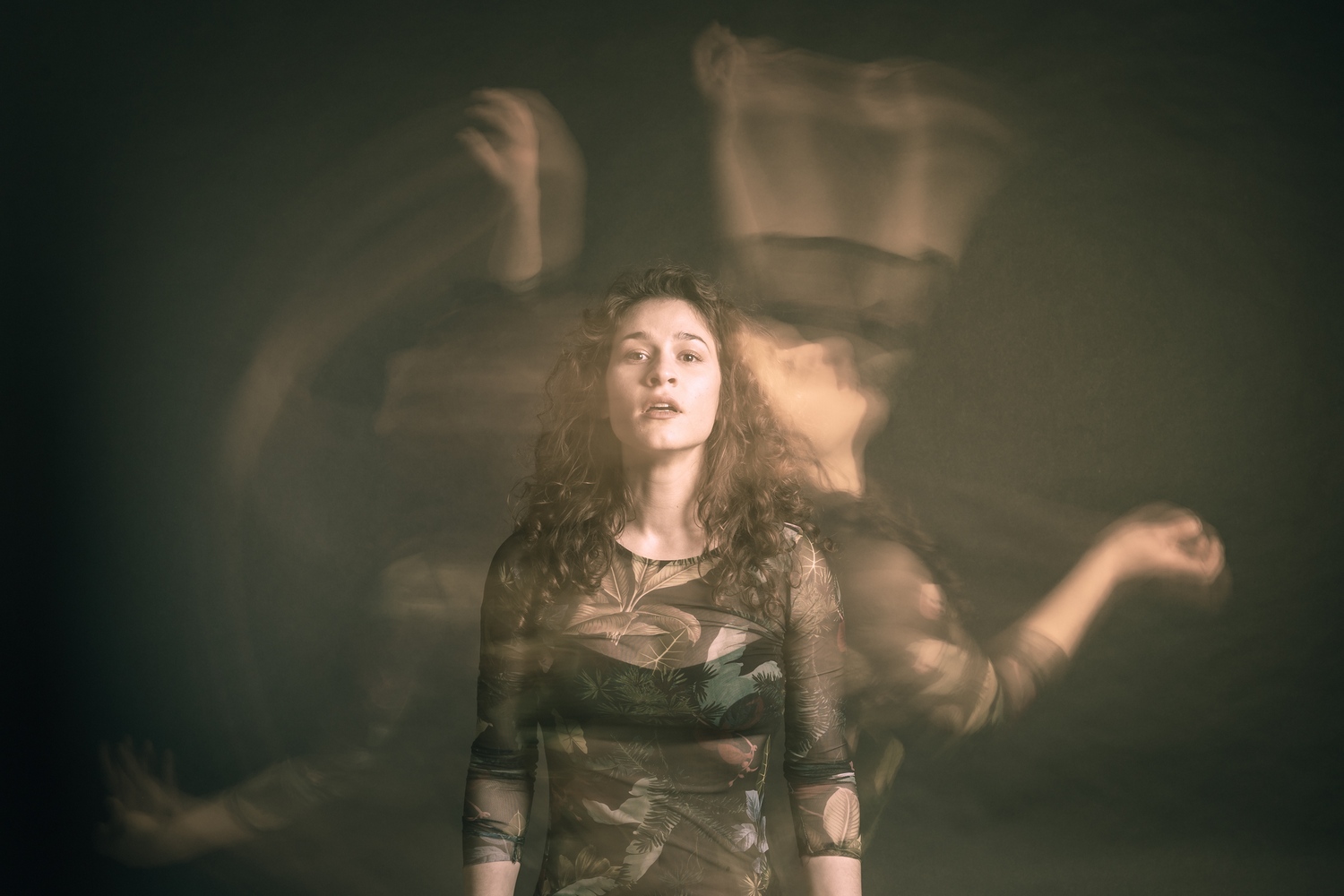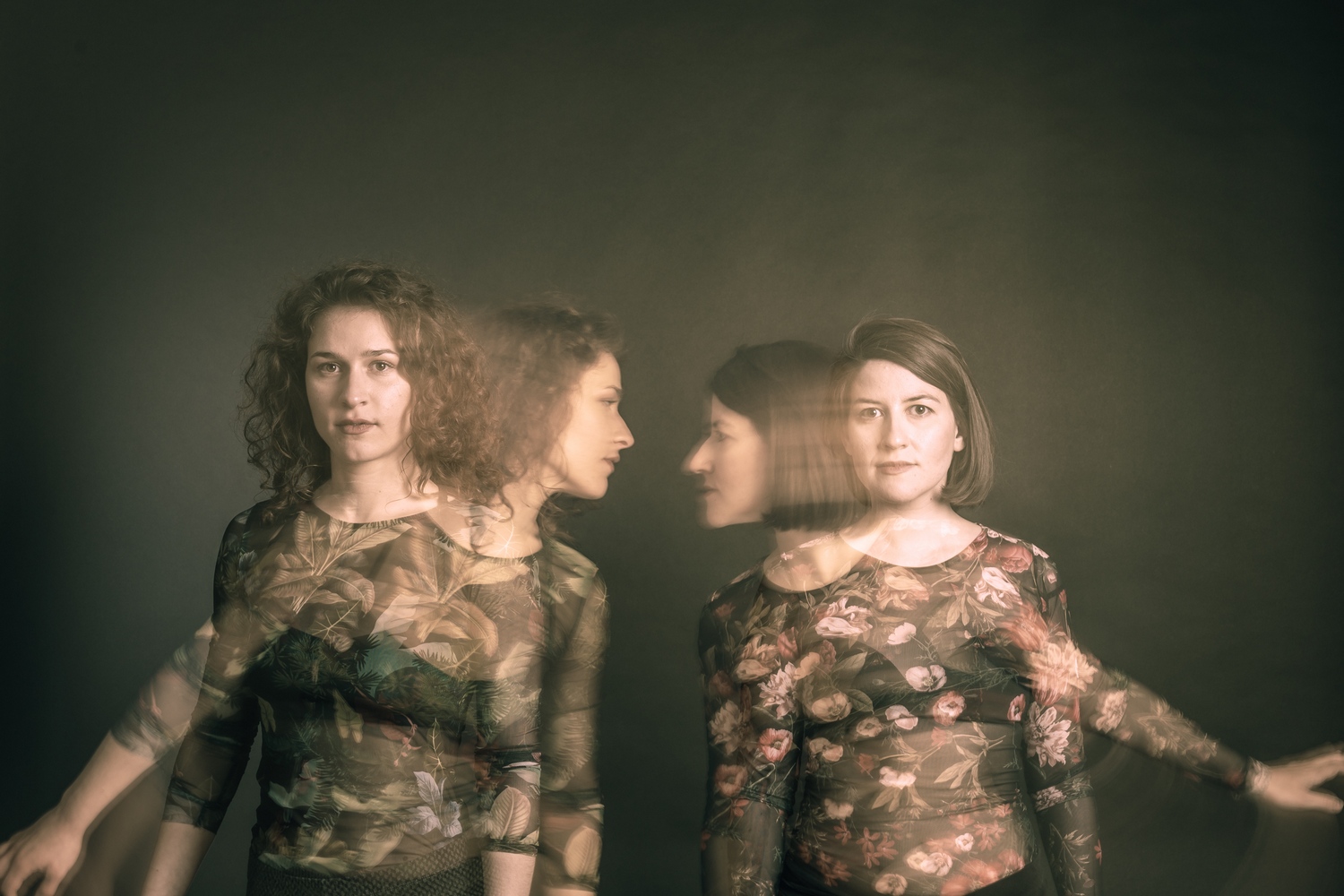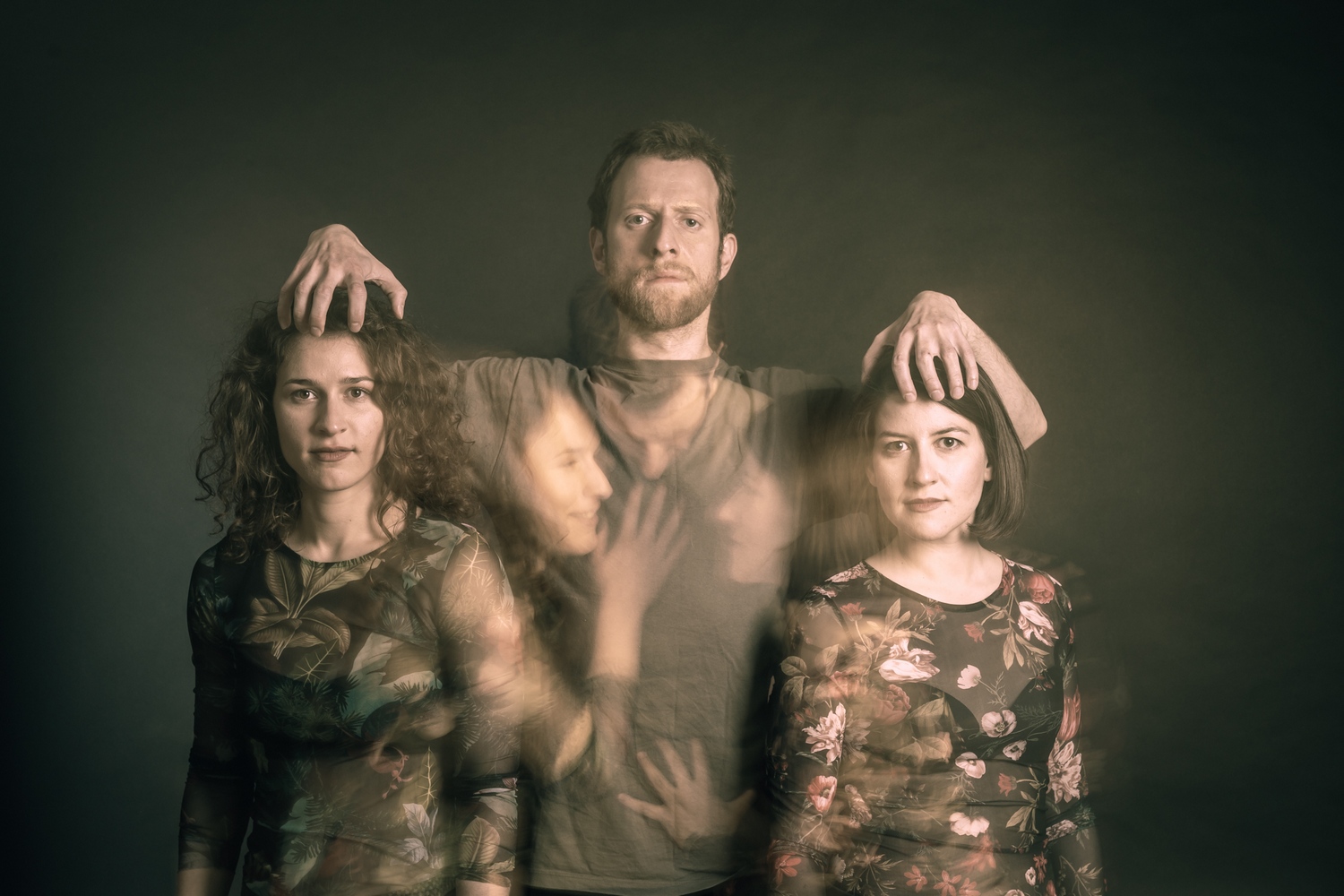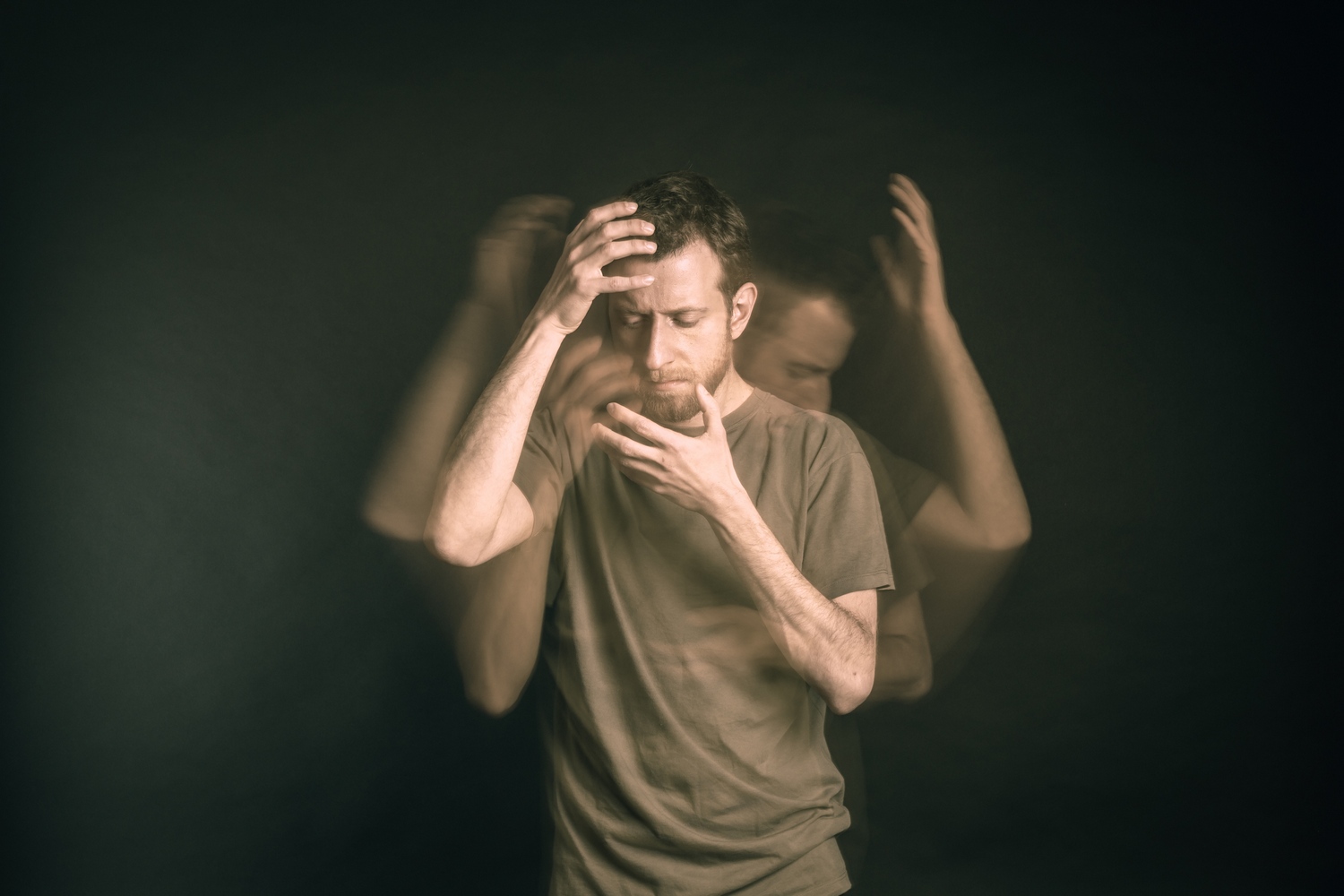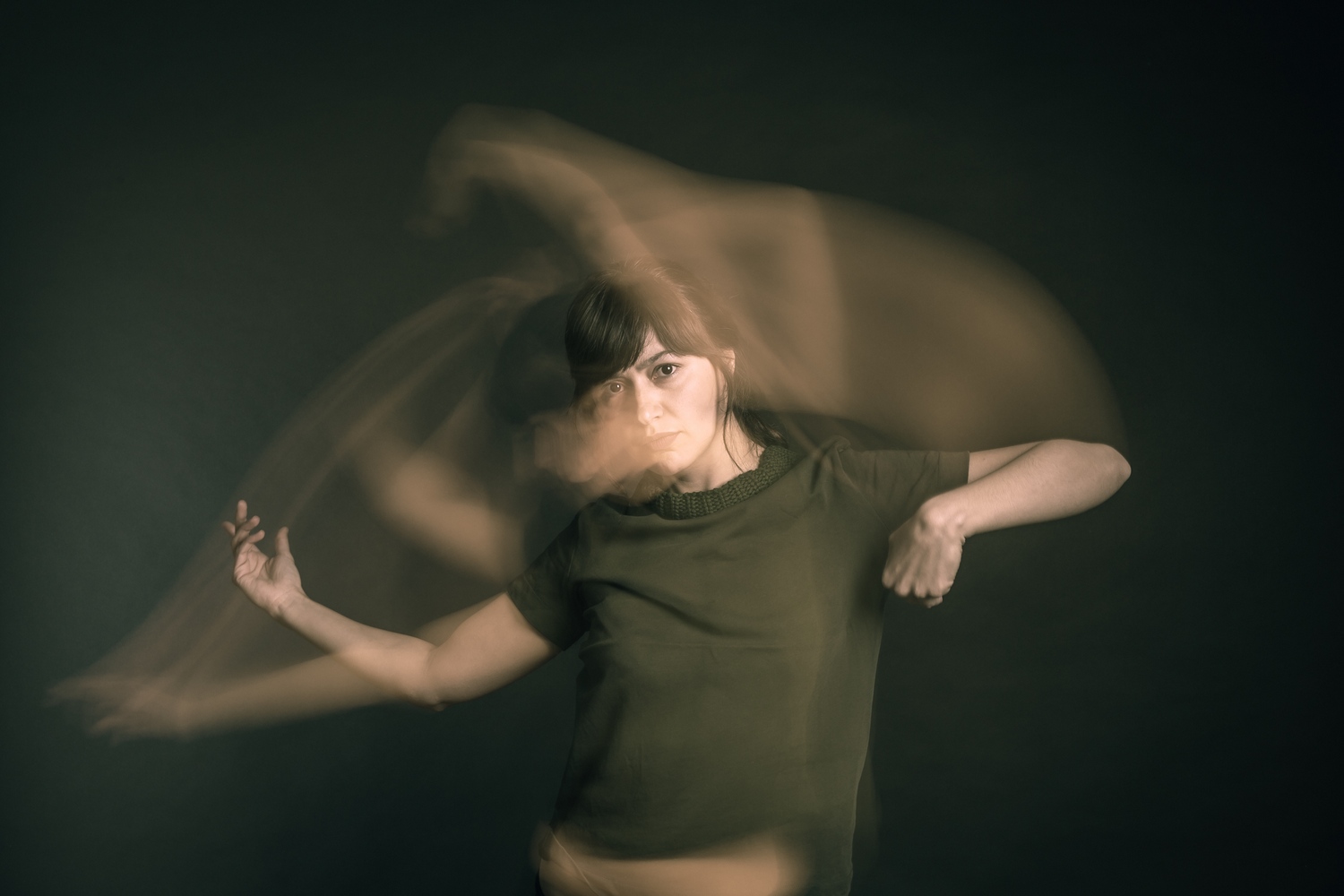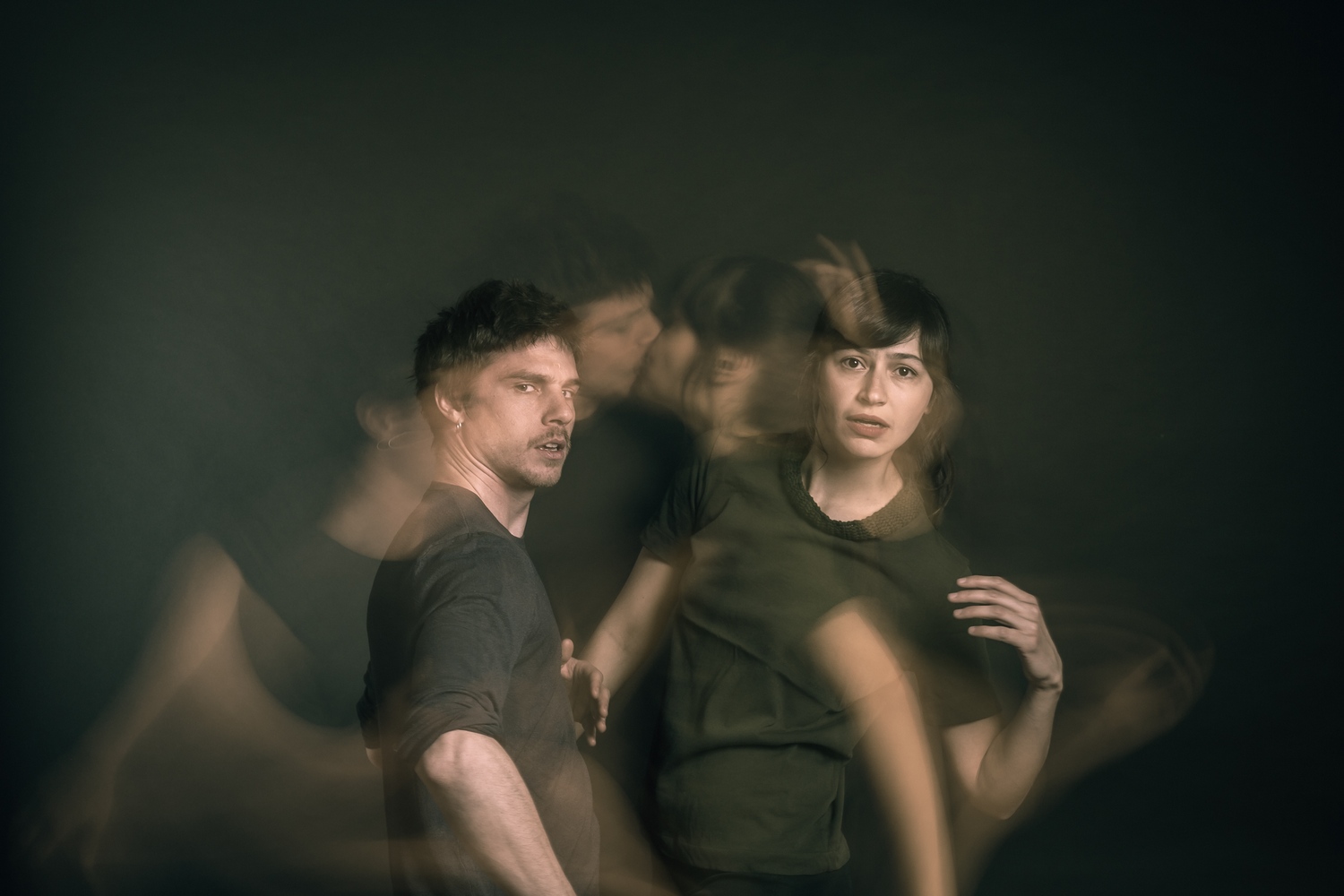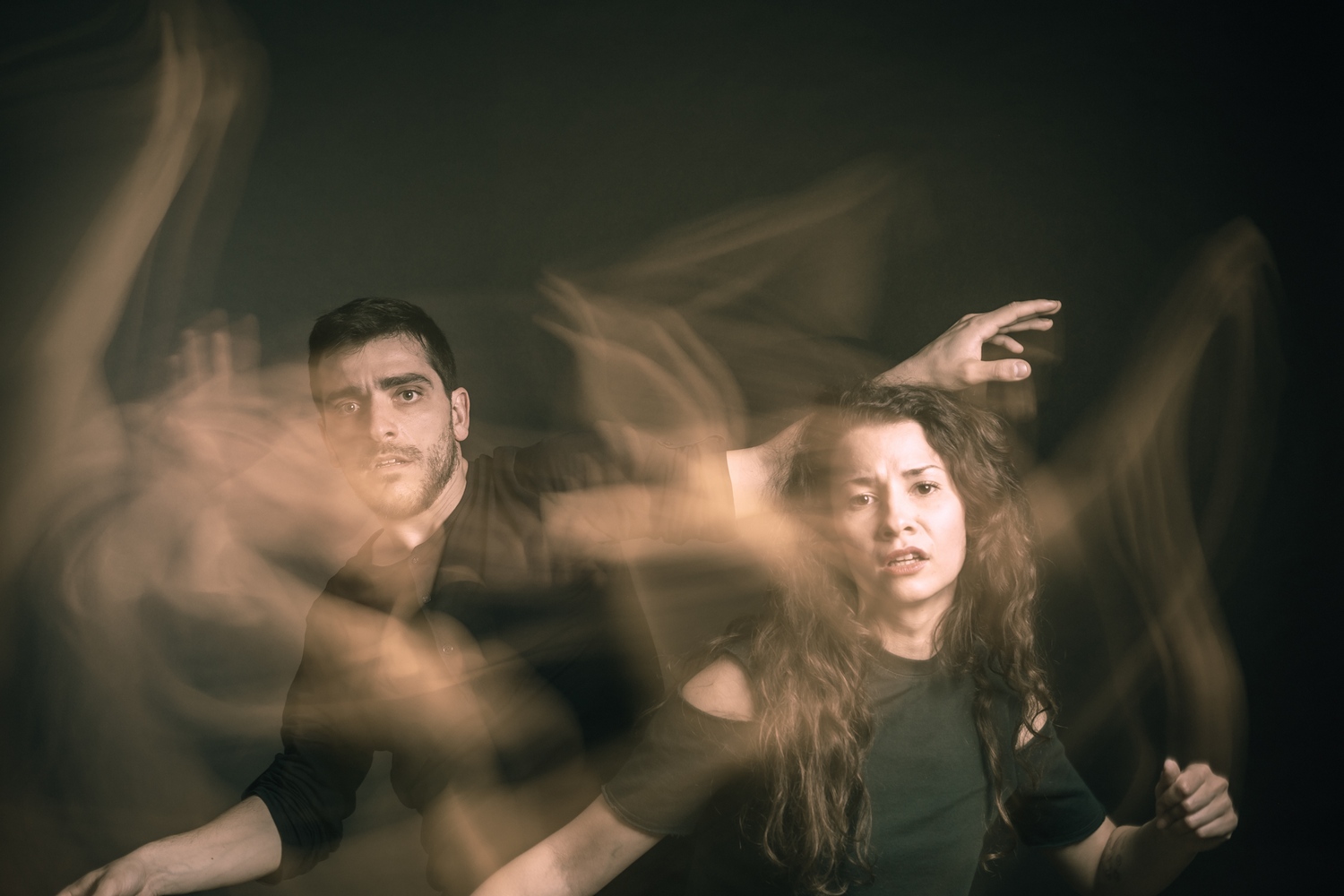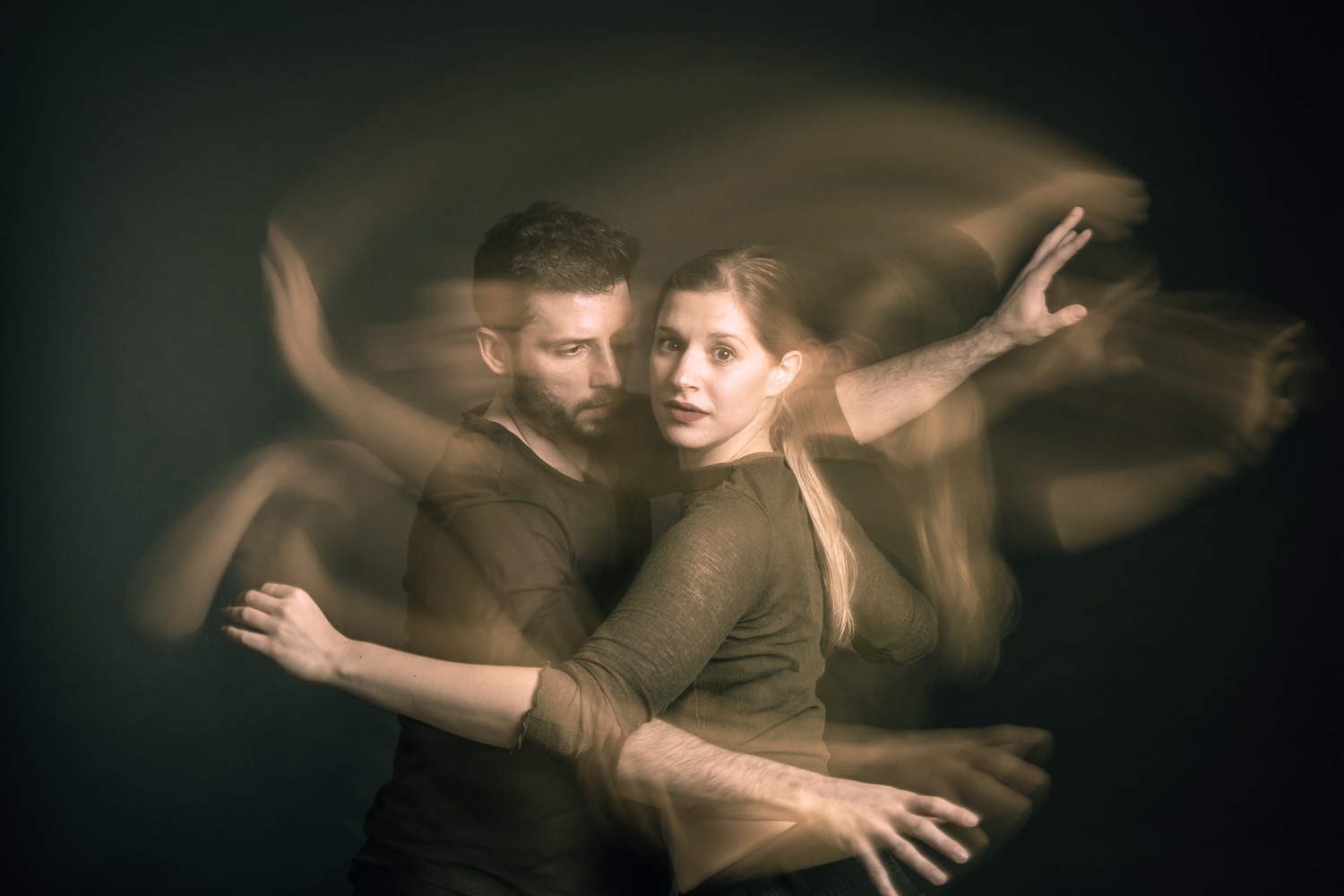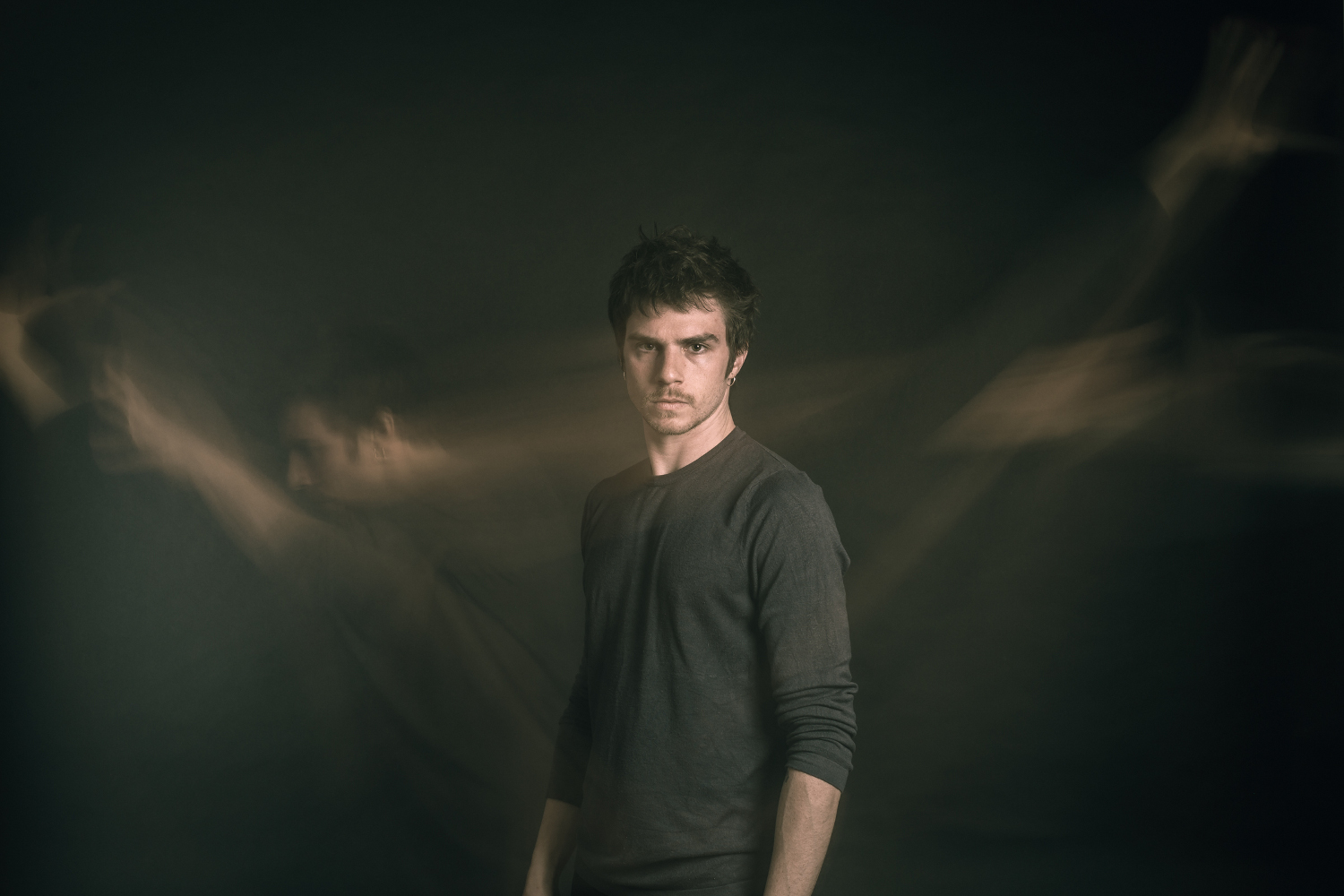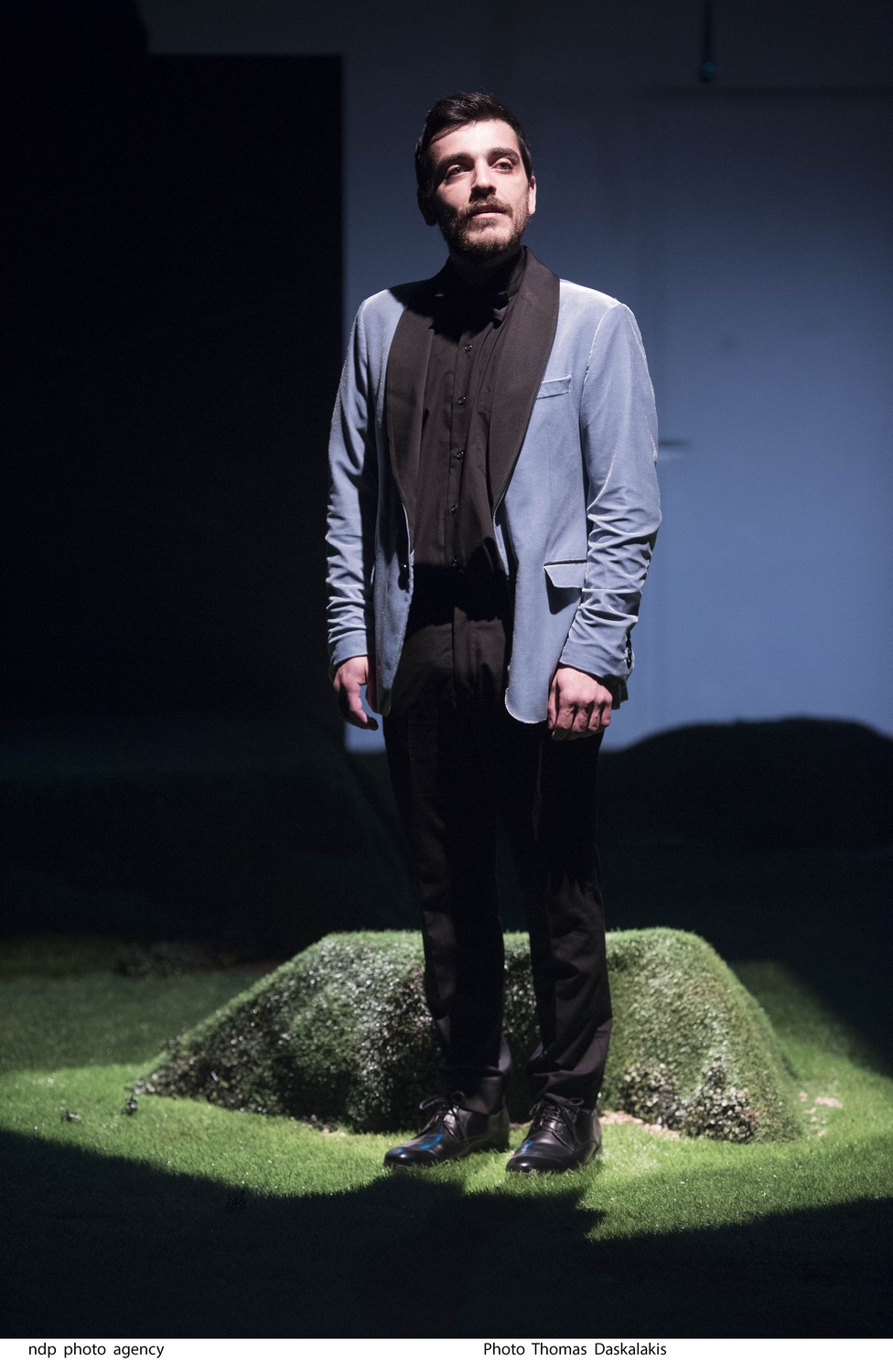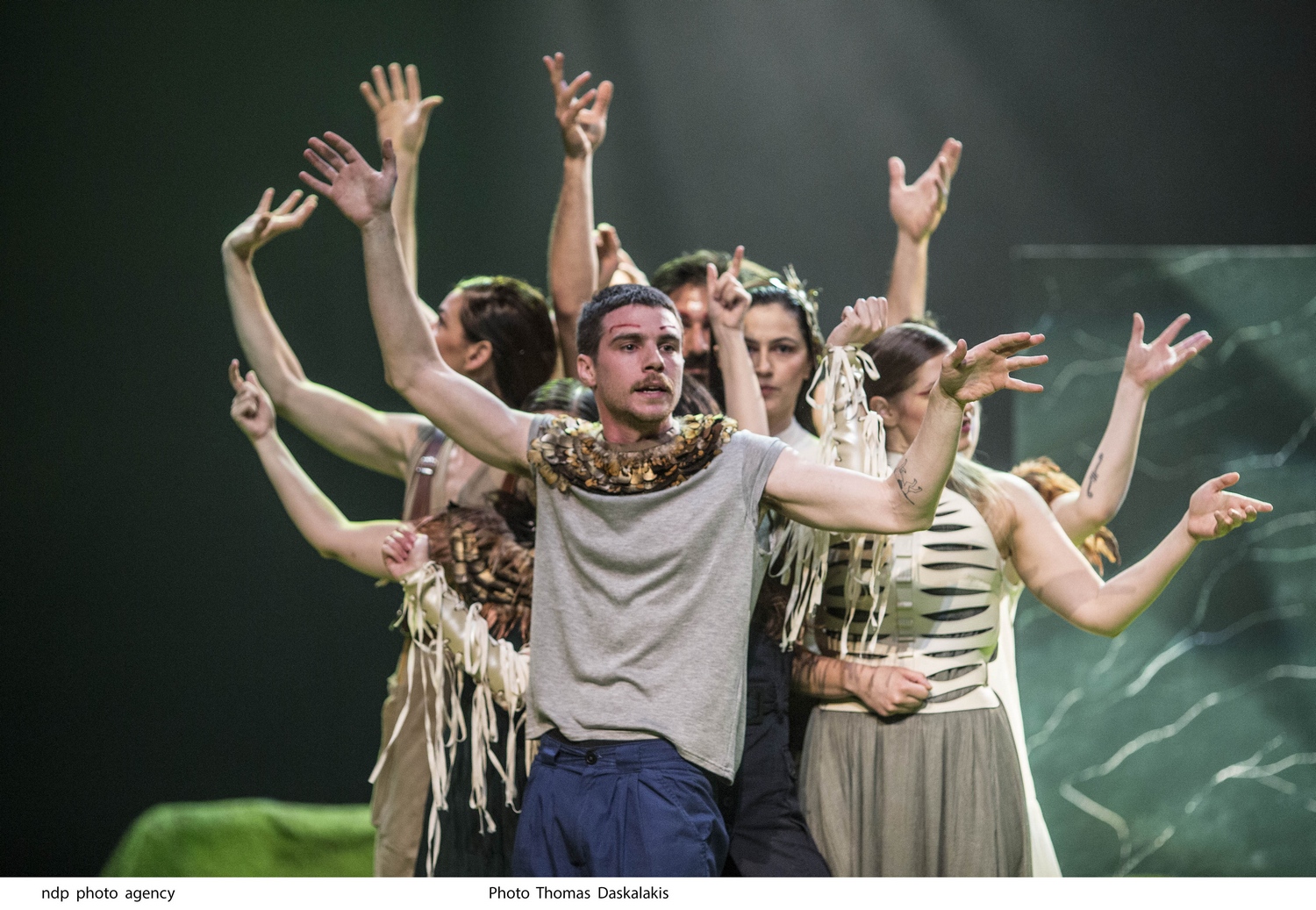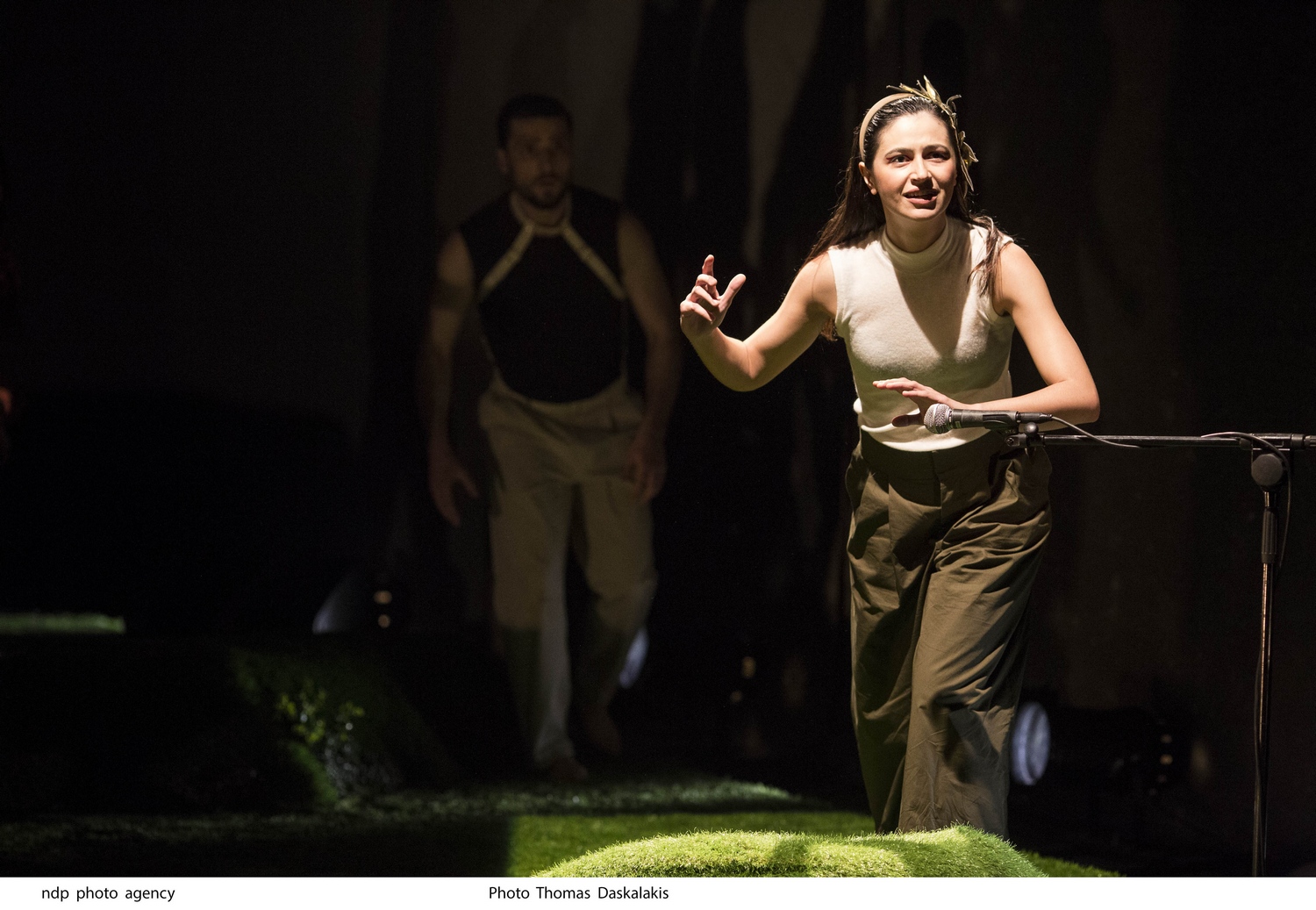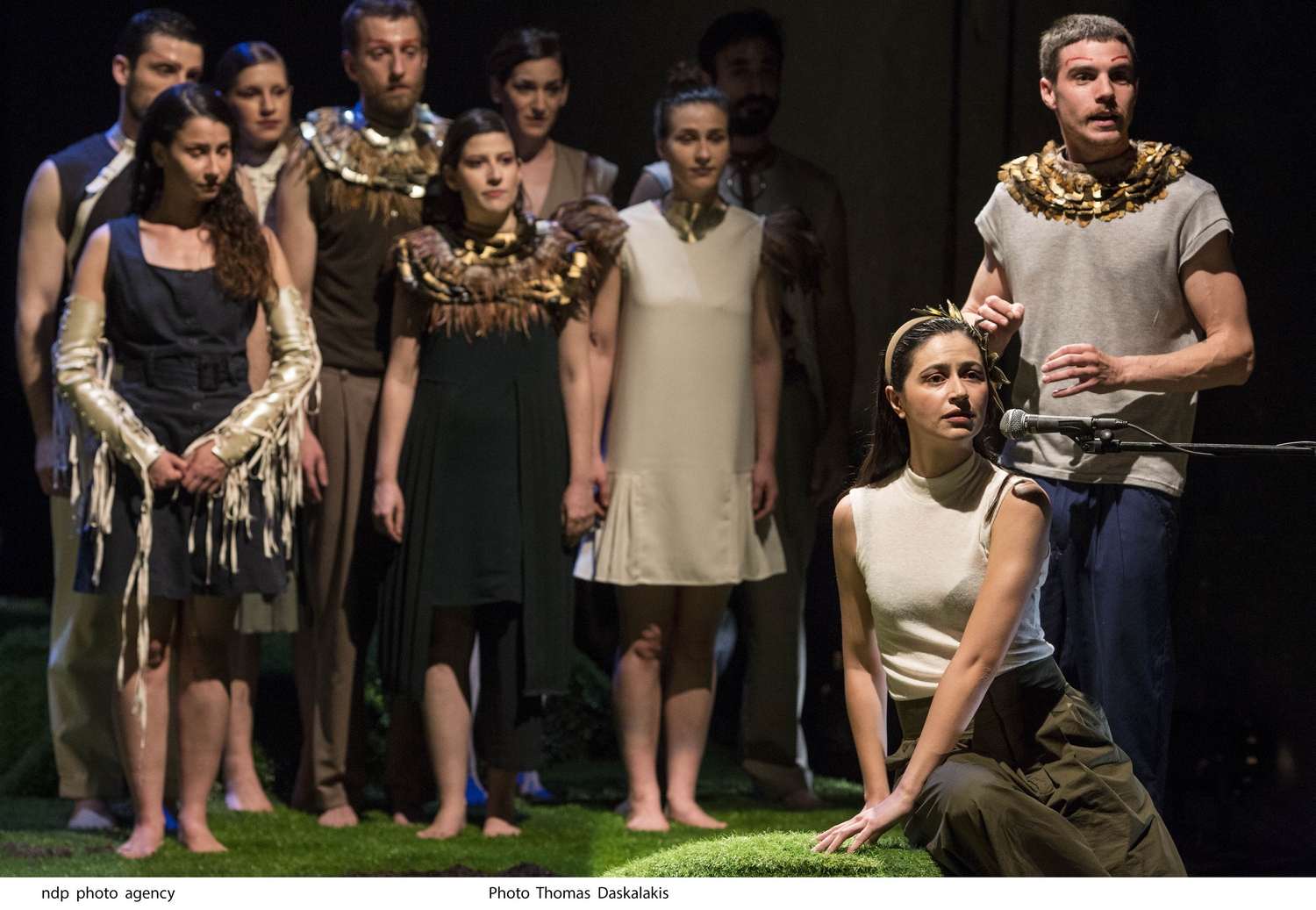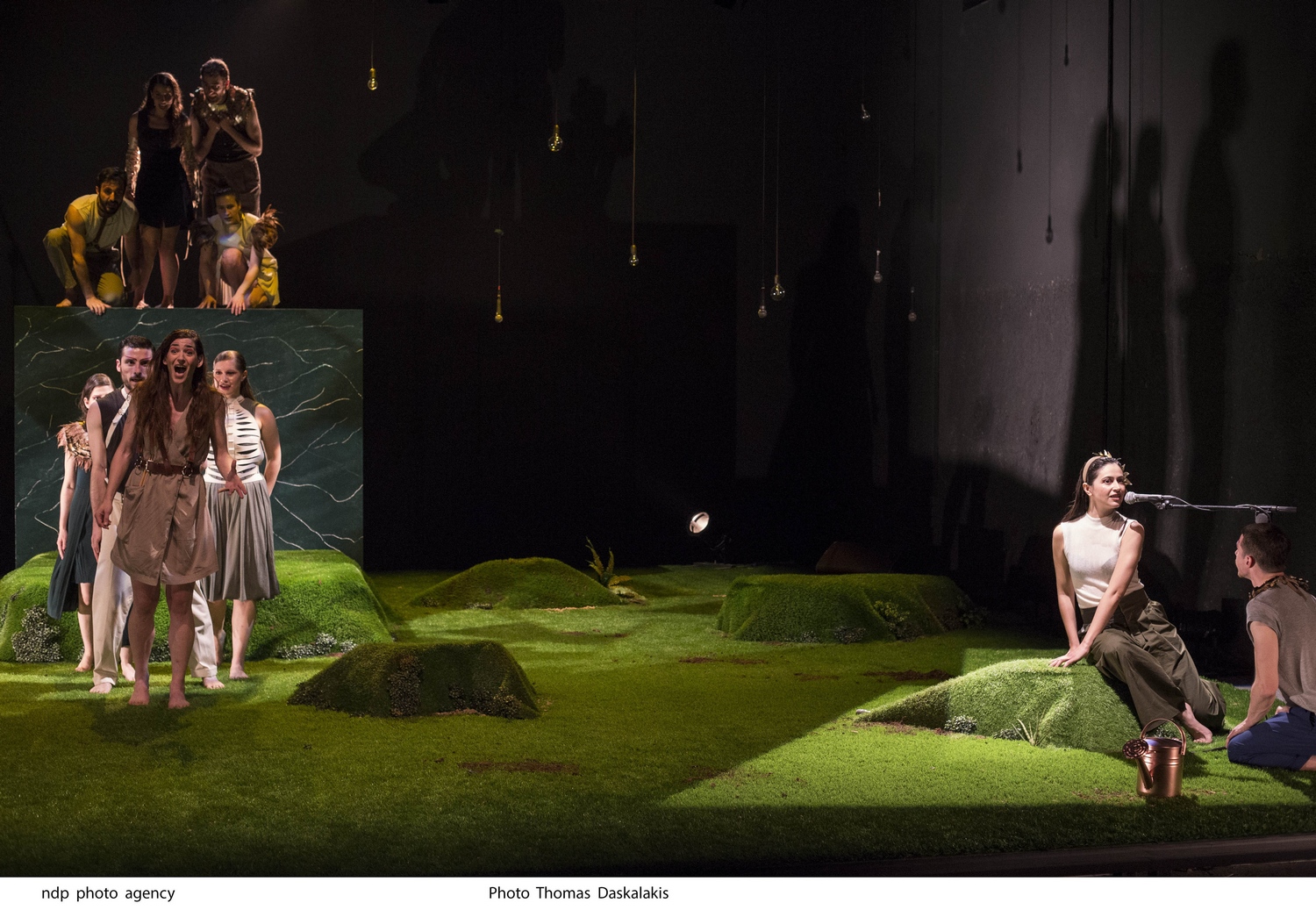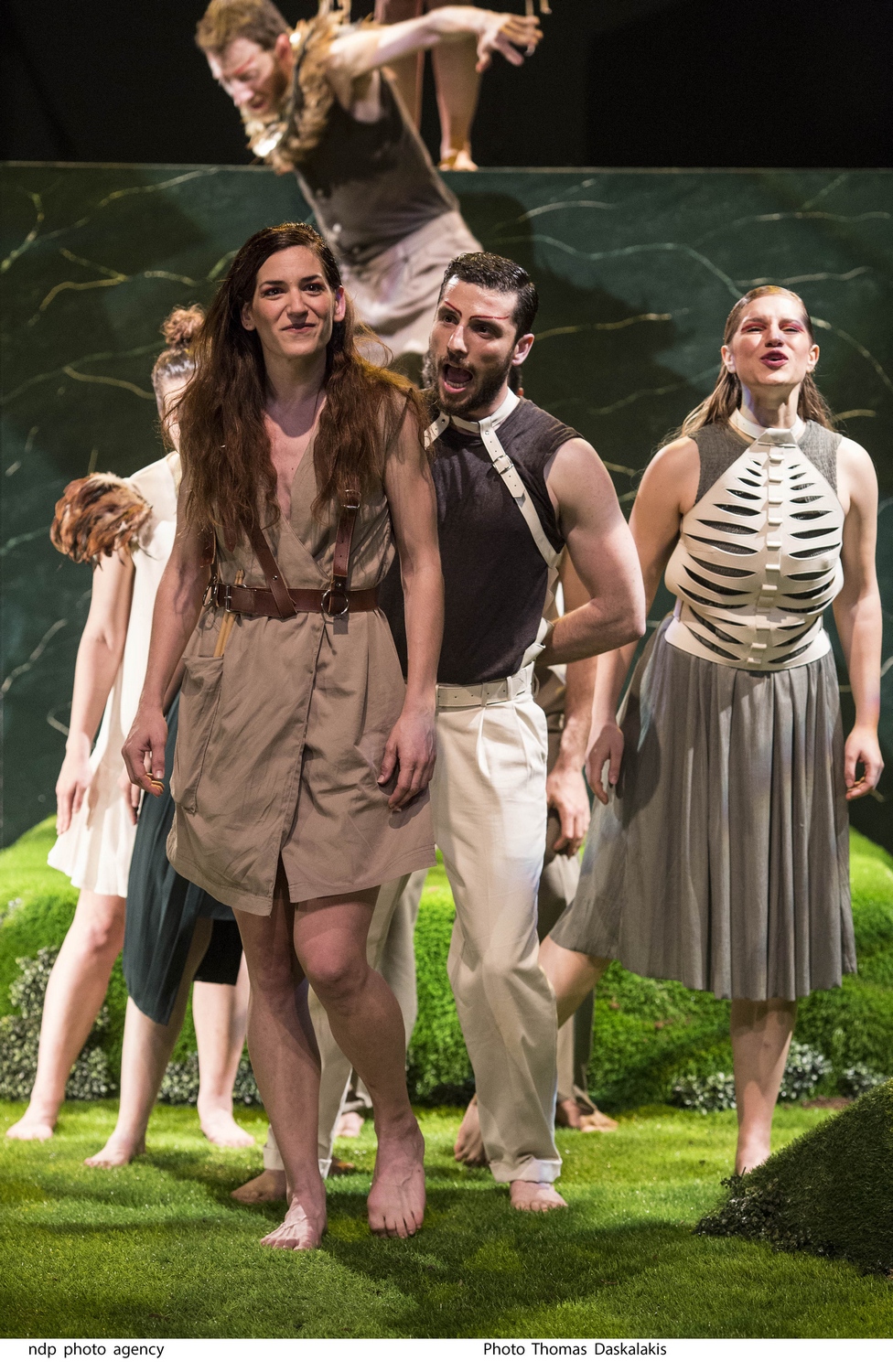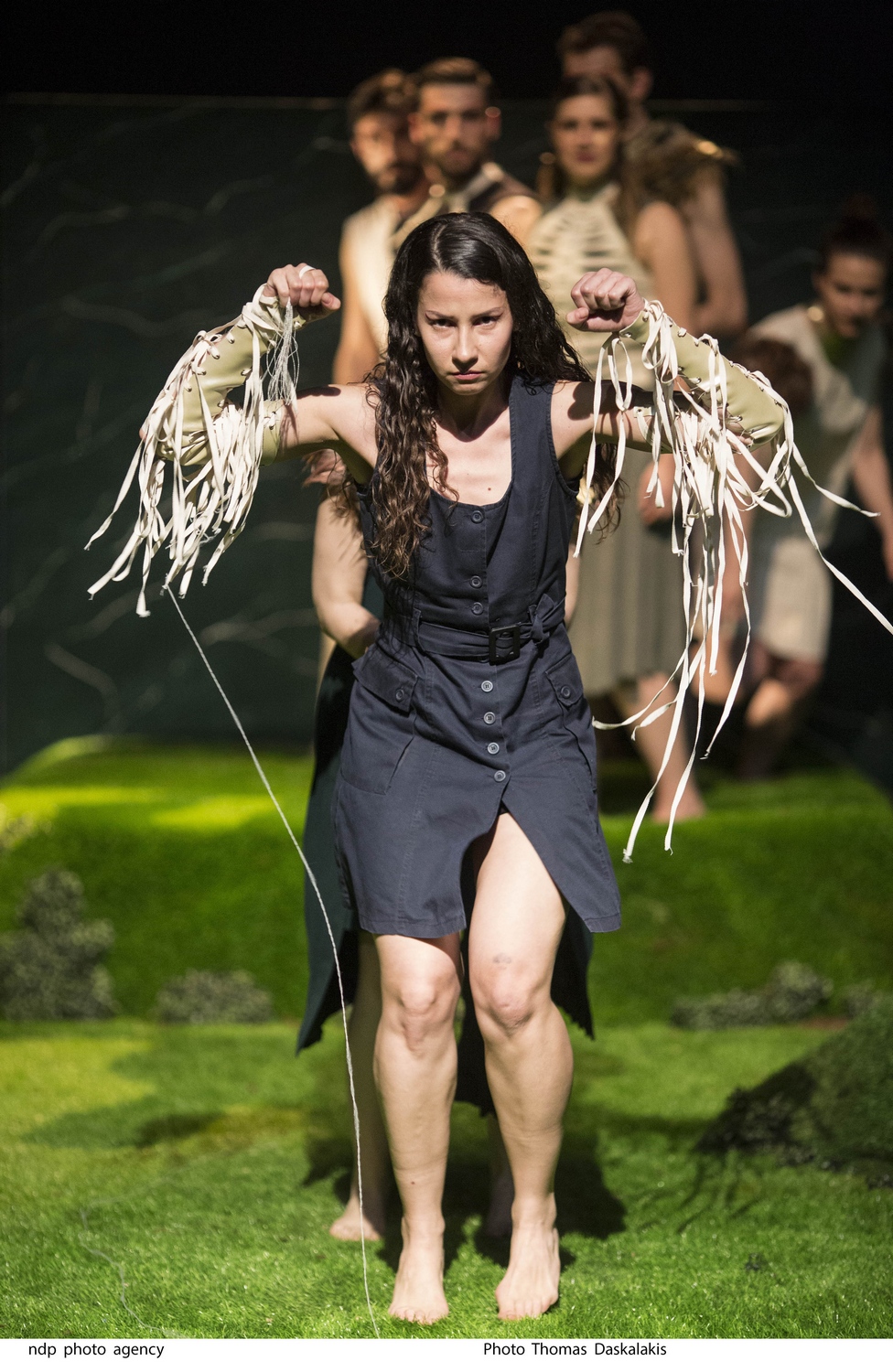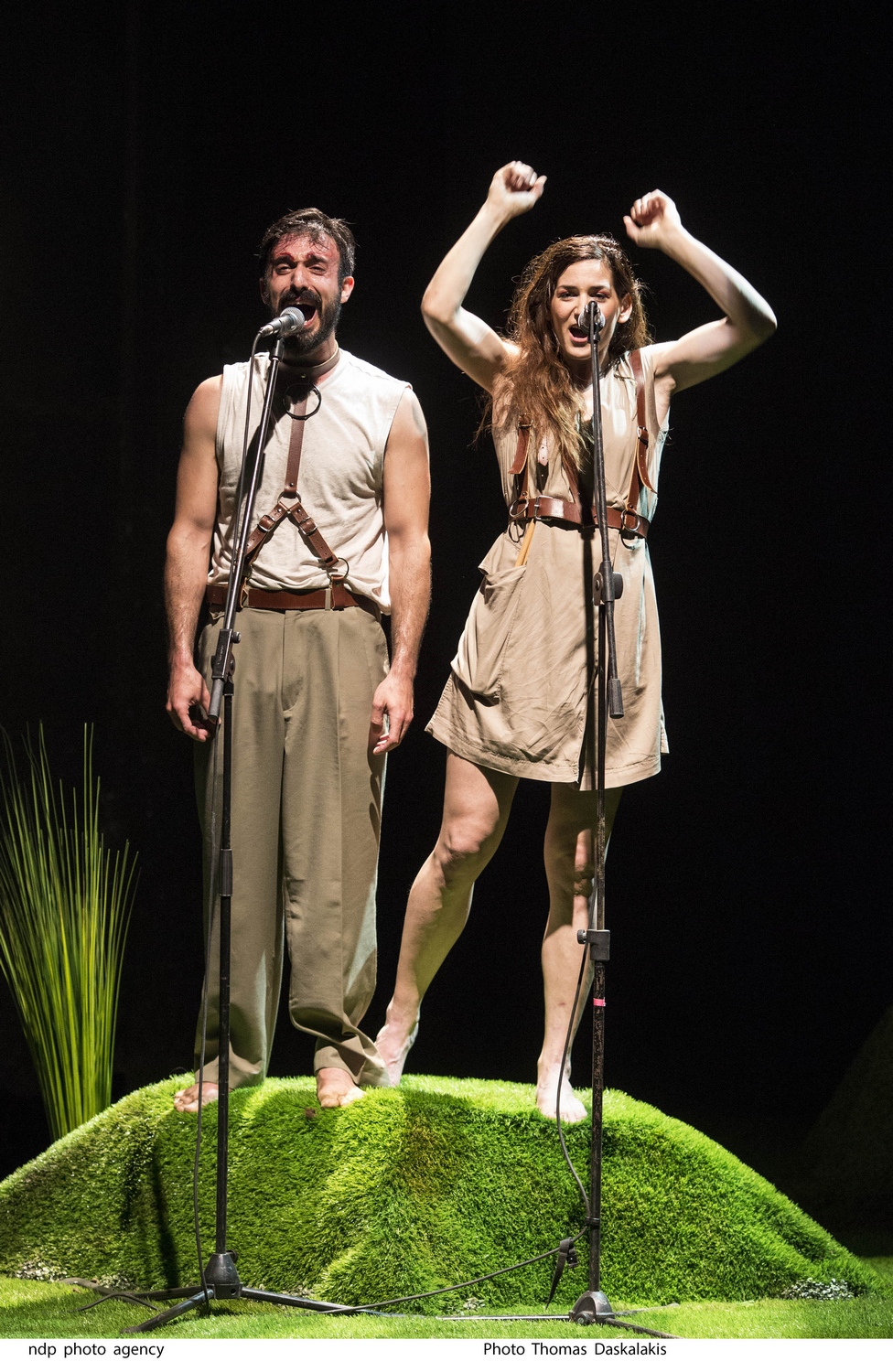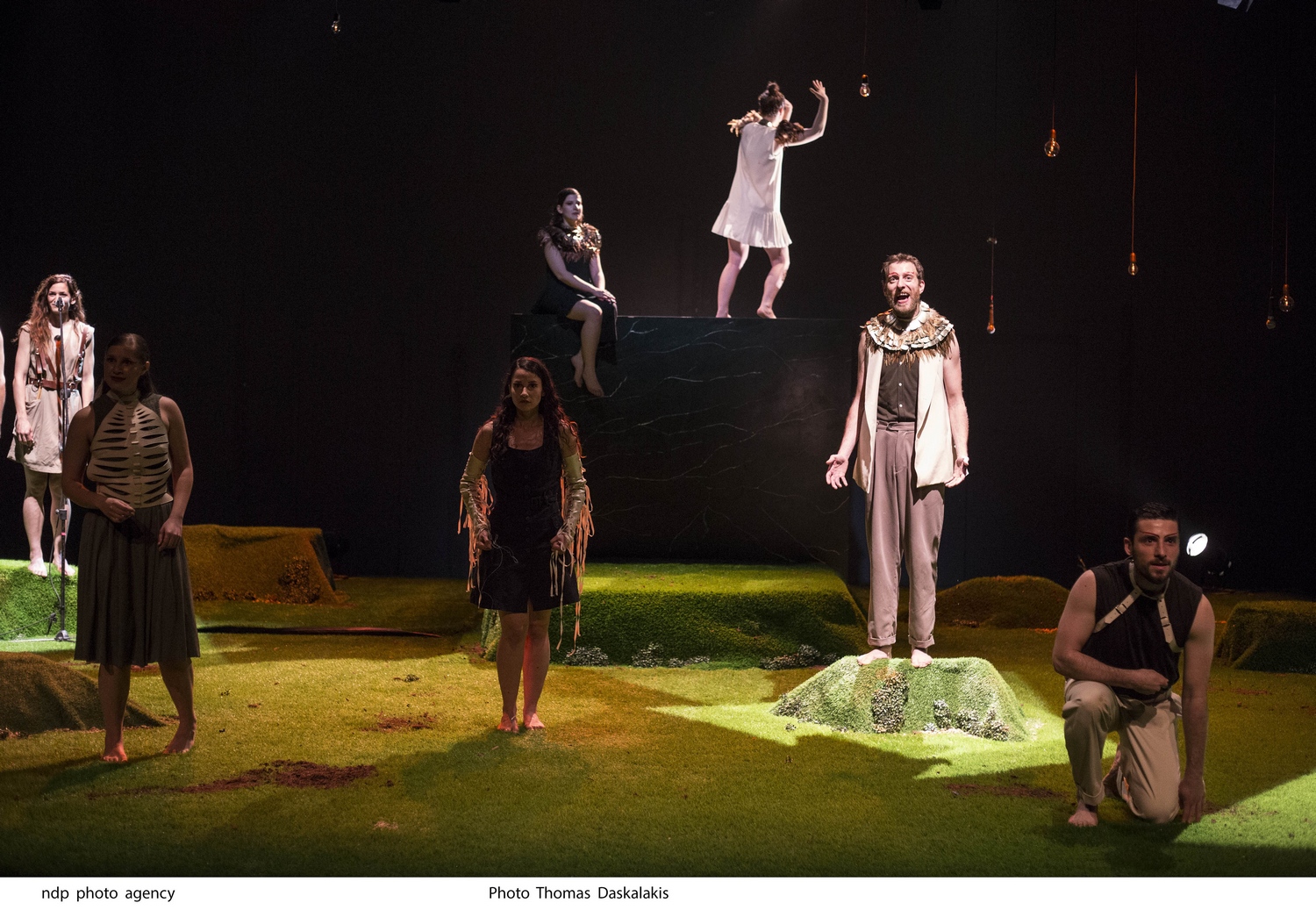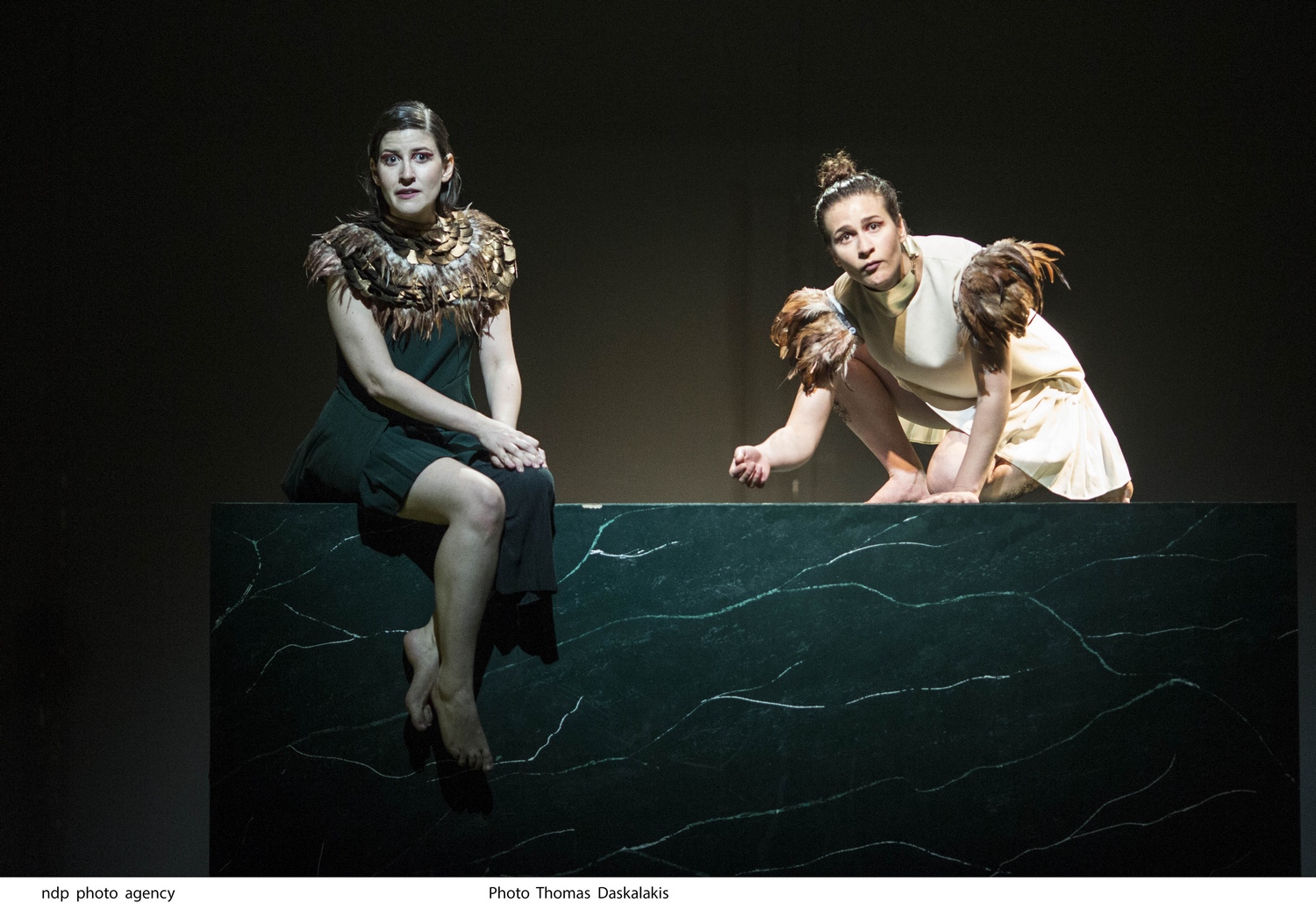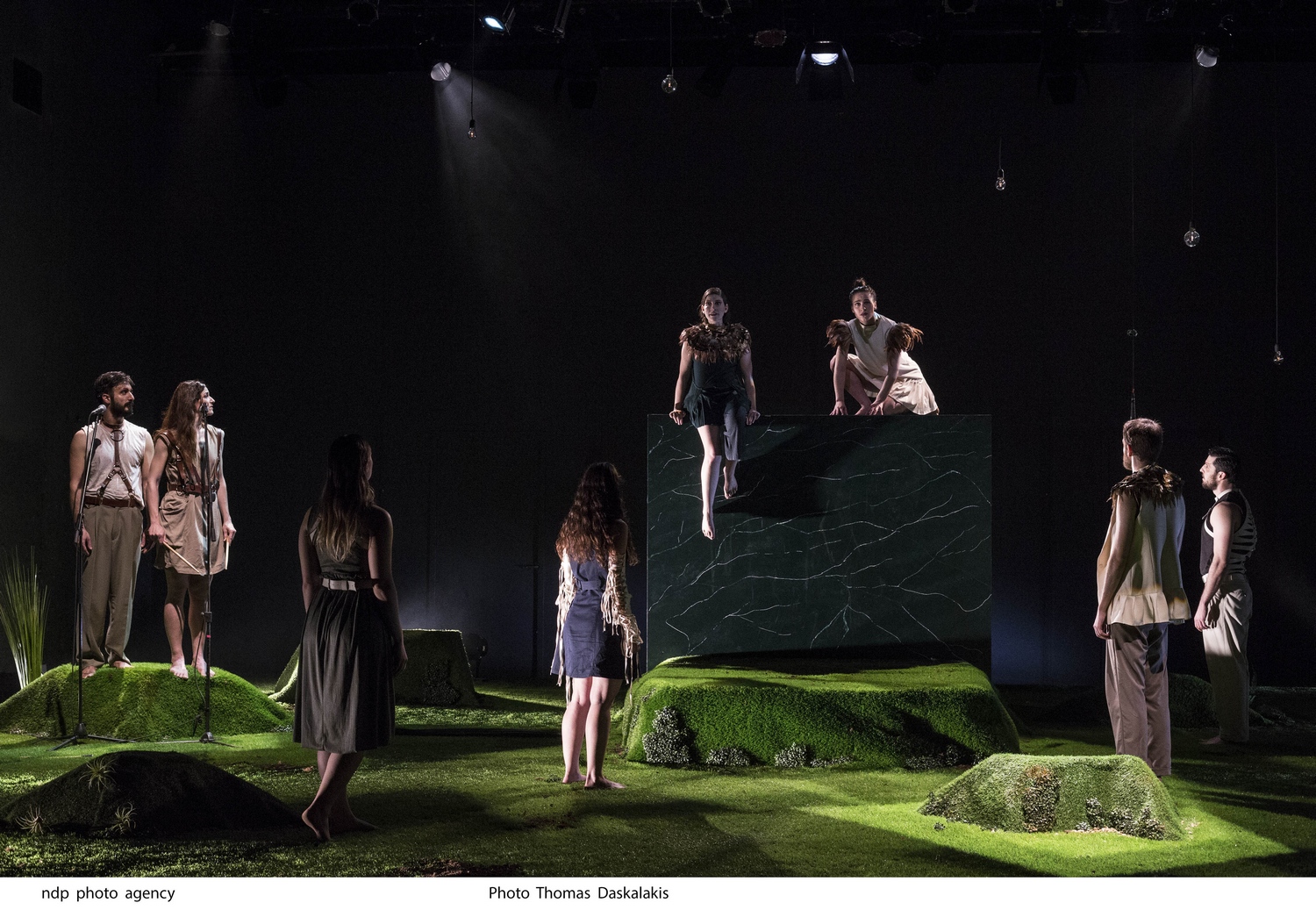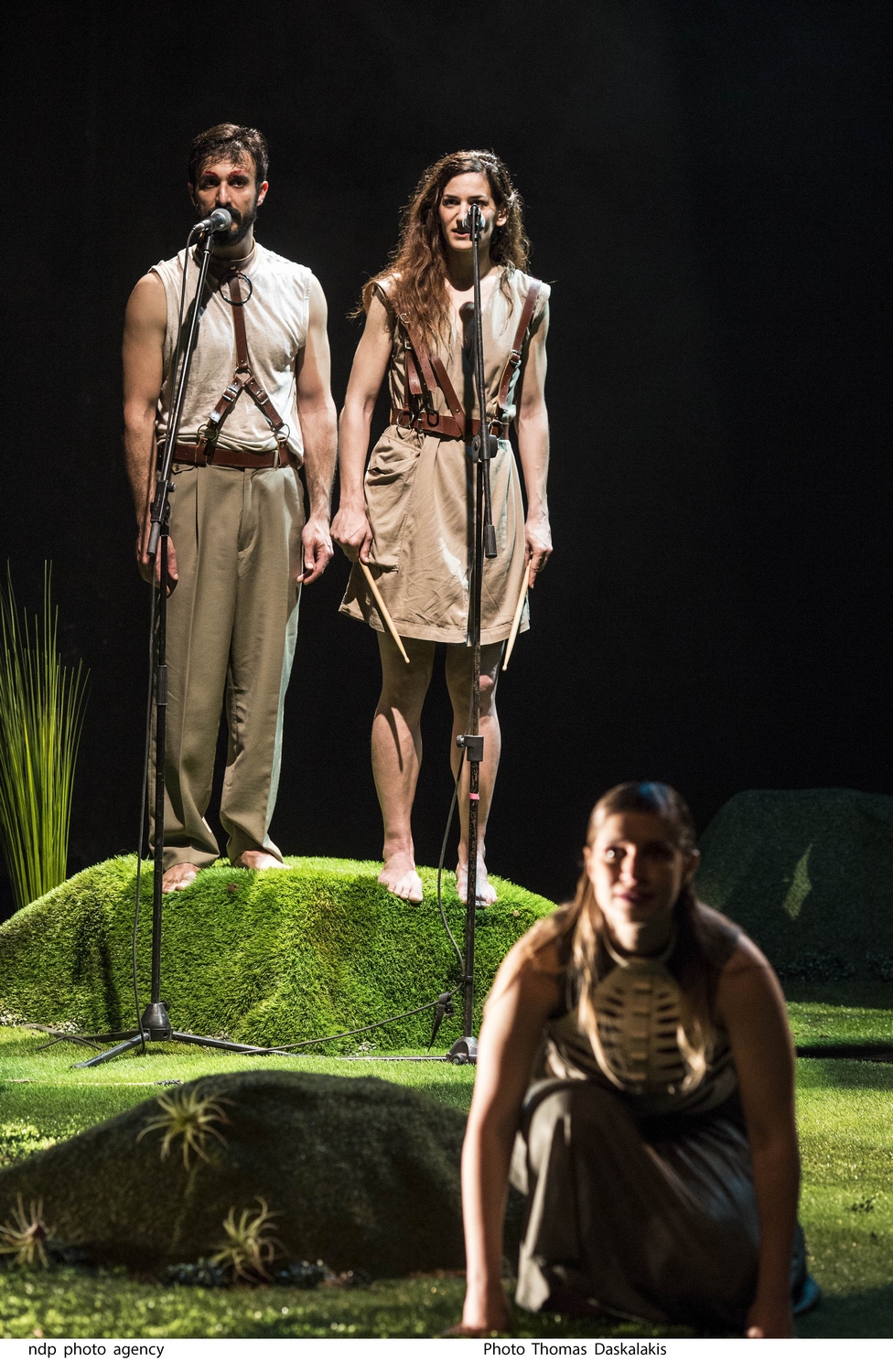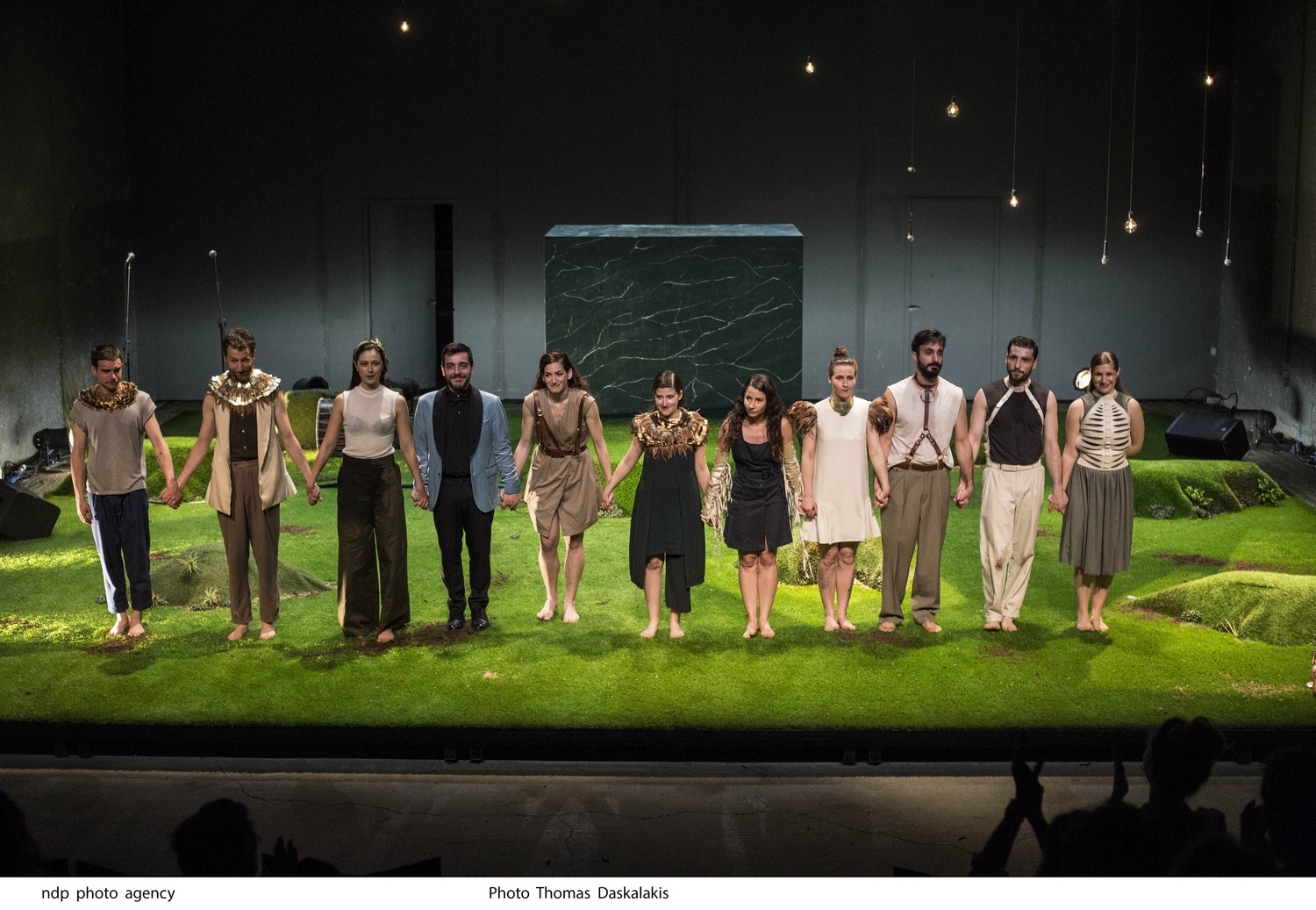C. for Circus
Metamorphoses
by Ovid
In Metamorphoses, Ovid describes creation from the early stages of the world: nature, the inexorability of sexual attraction, lust and pain, deception, the very moment when man turns into beast. Common in all of the above is the solution offered by the poet himself in order to maintain a balance: metamorphosis. An unexpected, wondrous incident, happening all of a sudden at the most critical moment, at the moment when things are at a breaking point, where absolutely nothing can move forward any longer. It is at that exact moment when that deeper, overpowering need for continuity imposes a psychological shift.
It has been shown throughout history that humans use metamorphosis in order to explain what is incomprehensible, inevitable, and irreversible. Ovid does the same thing, successfully transforming guilt and violence into beauty.
Power, the catalyst in most stories, is usually a male or divine prerogative. Assuming various forms – jealousy, lust, revenge, violence – power is exercised on the weak, usually women. Ovid gives a poetic solution, transforming victims into trees, birds or animals; ultimately, into timeless symbols.
Can metamorphoses ever take place in real life, in the absence of poetry? Does a victim of violence remain a victim for all eternity? In what shape or form? Are there any people among us who were ever turned into stars or bears? Over the last decade, the C. for Circus group has shaped its own distinctive style, with all performers continuously together on stage playing live music, which they have also composed. The goal is the collective shaping of the end result, with each performer contributing his or her own personal material. In this performance, the group attemps to further develop its movement style and approach Ovid’s poetry through a choral quality.
With Greek and English surtitles
Duration 80'
Peiraios 260 (E)
- 30/05 until 02/06/2019 at 21:00
- 01/06/2019 at 18:30
all events
all venues






